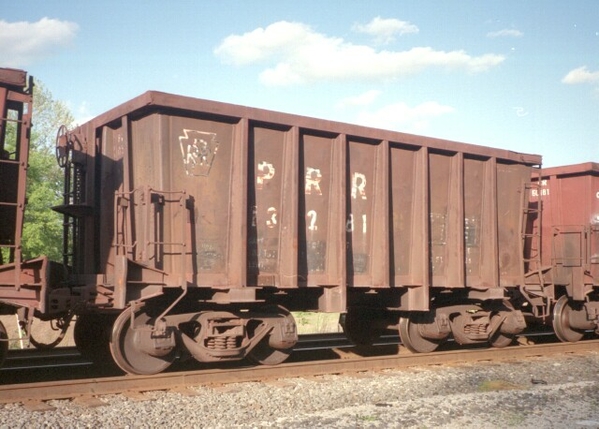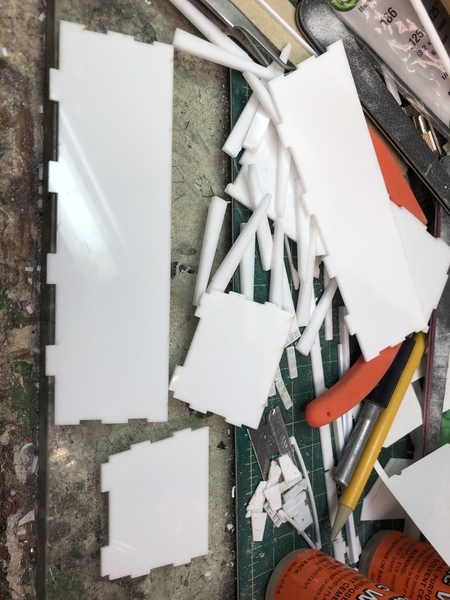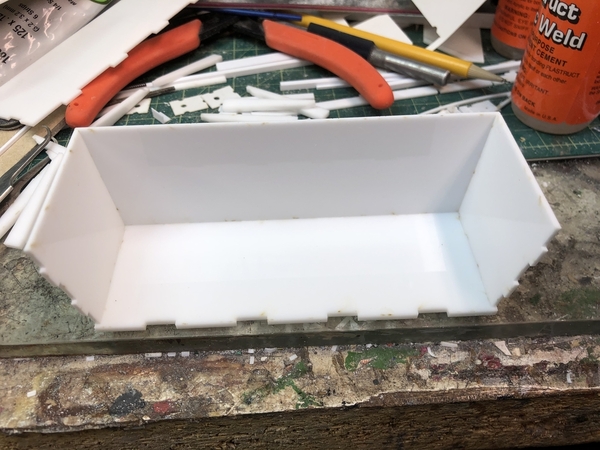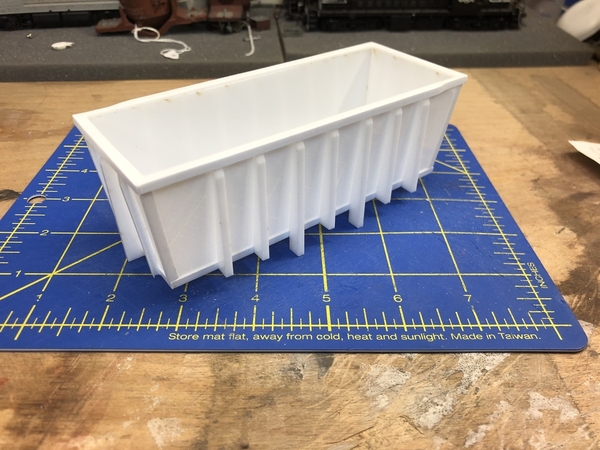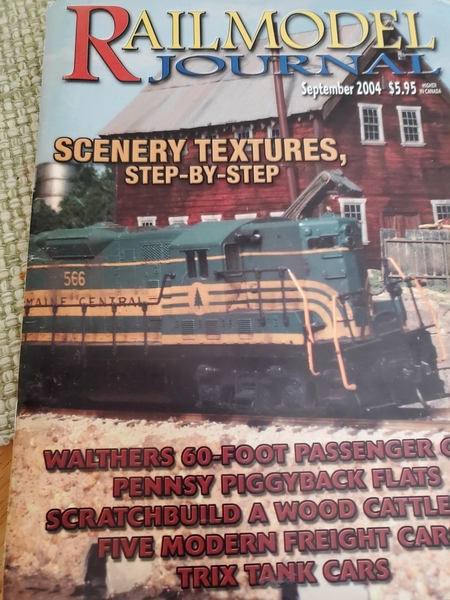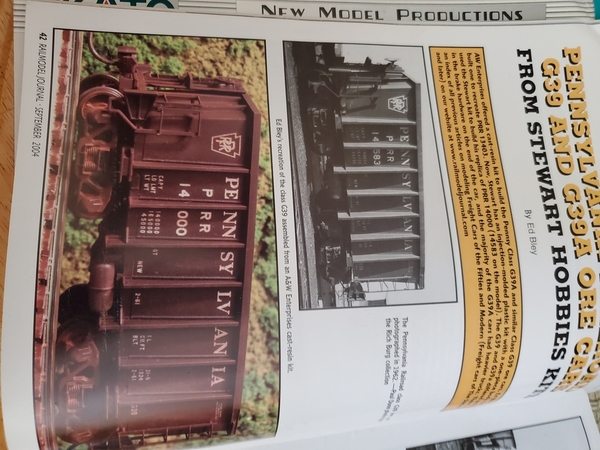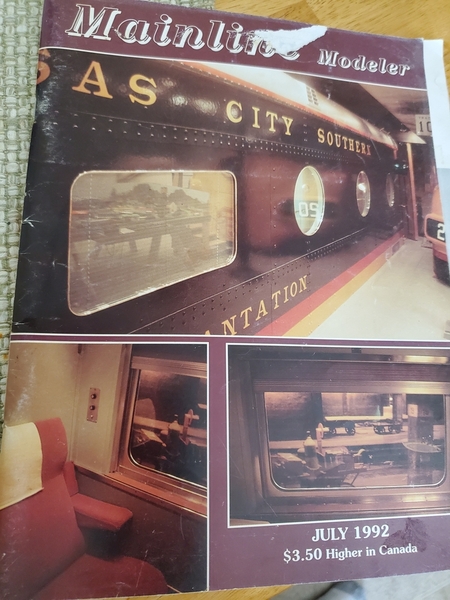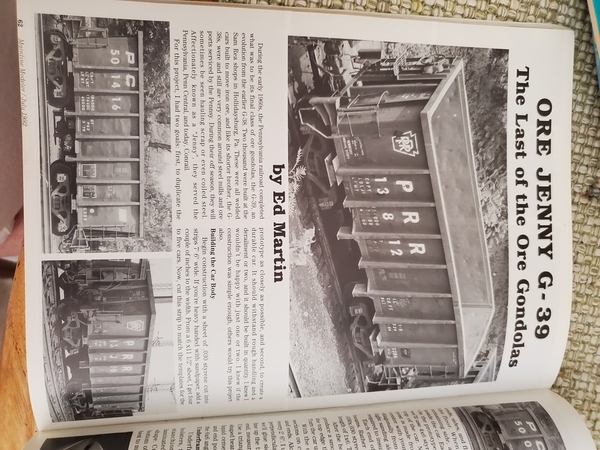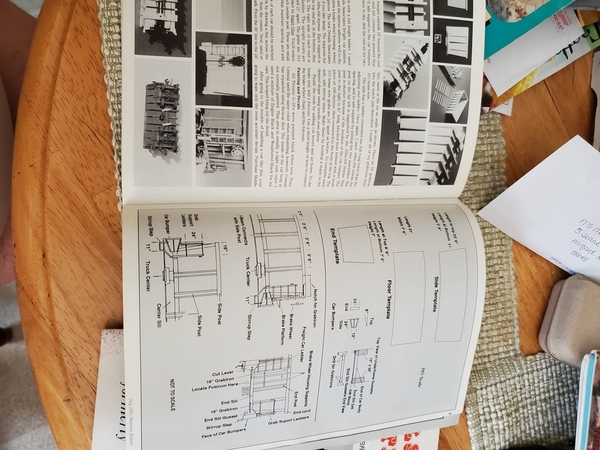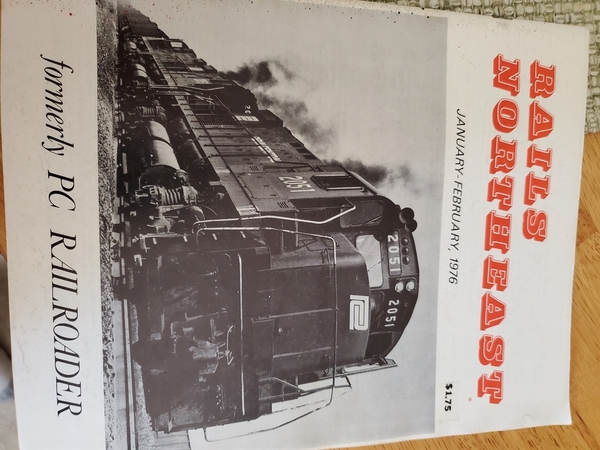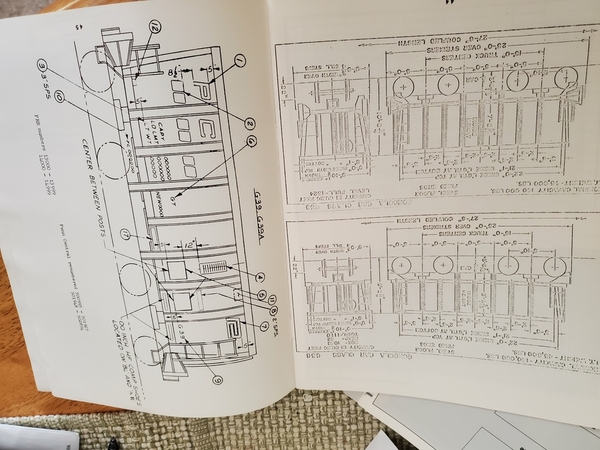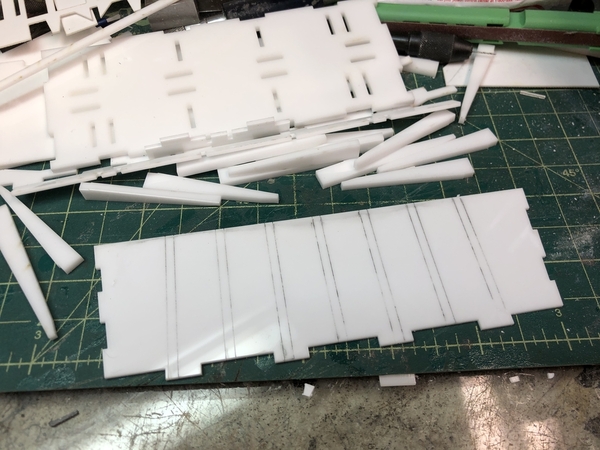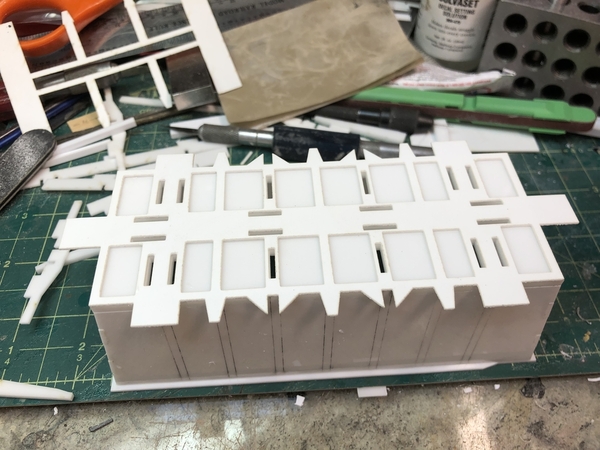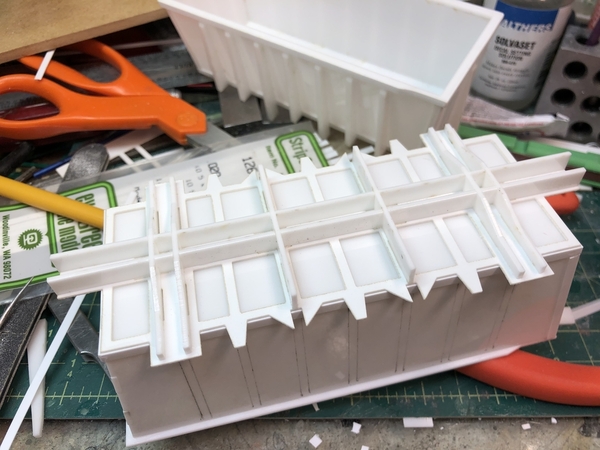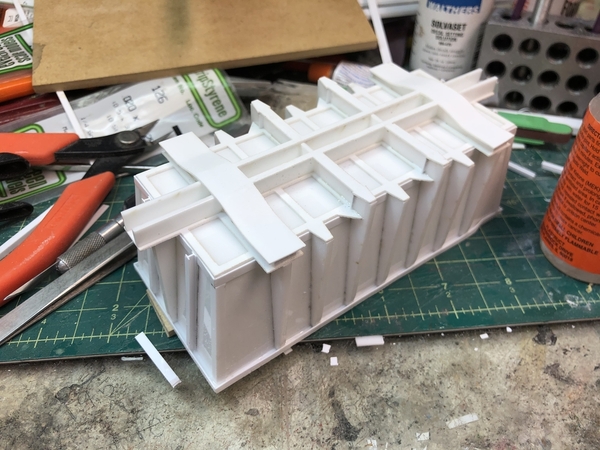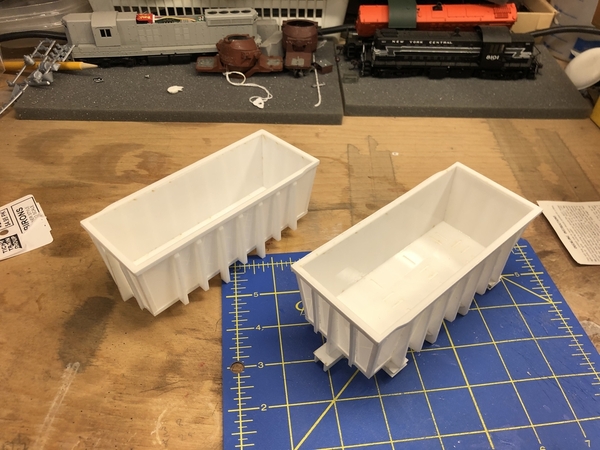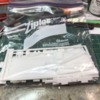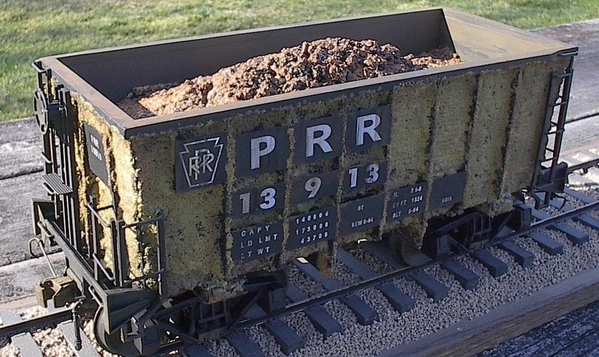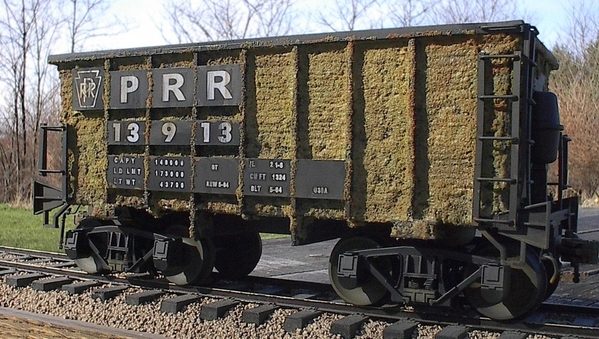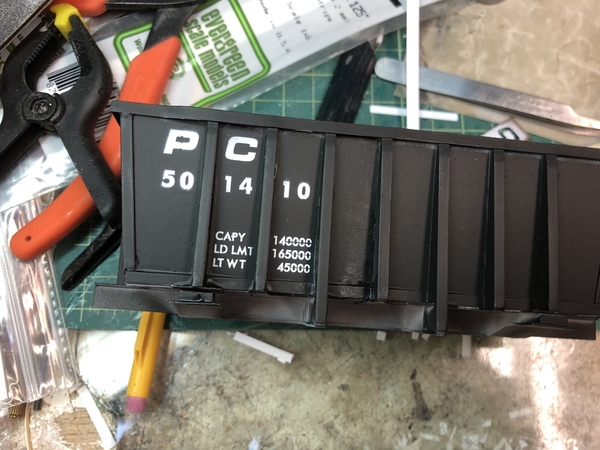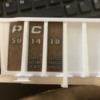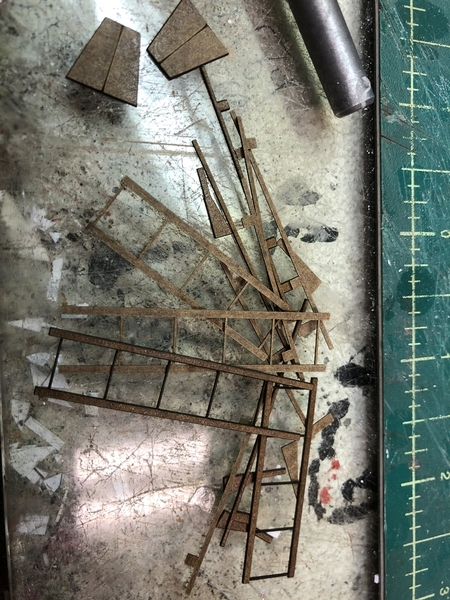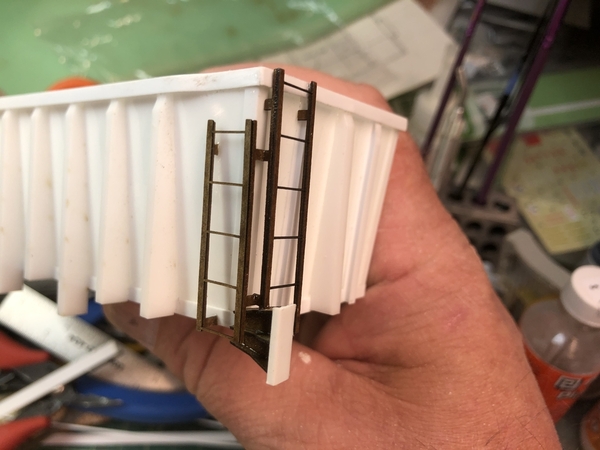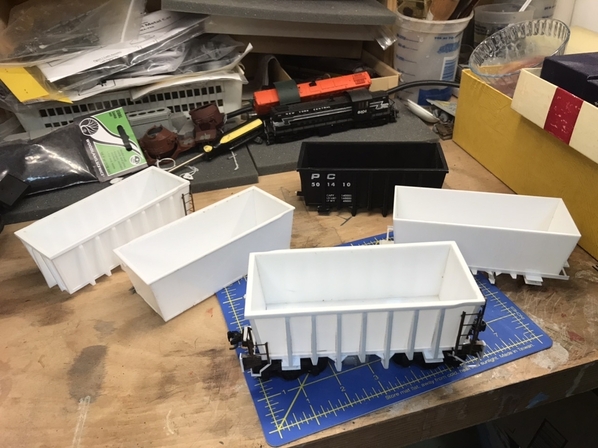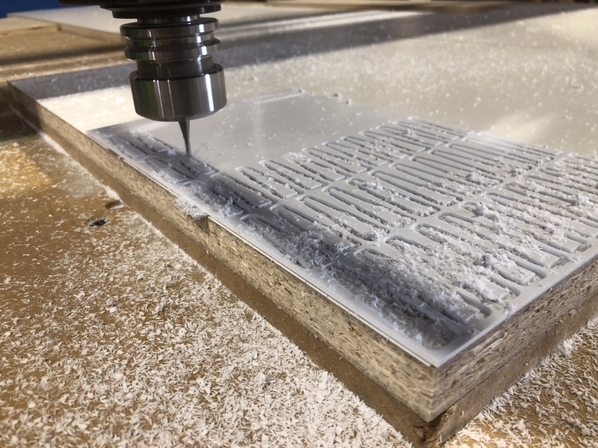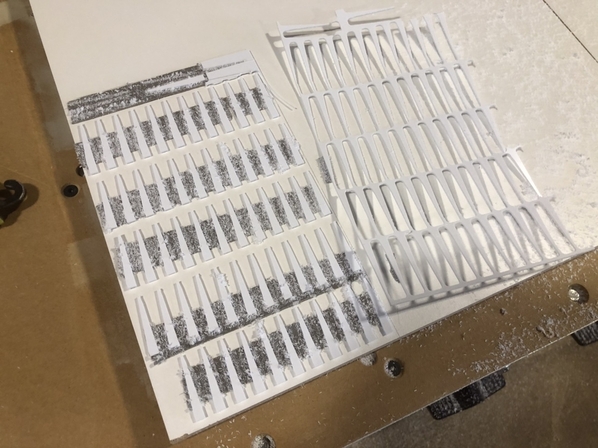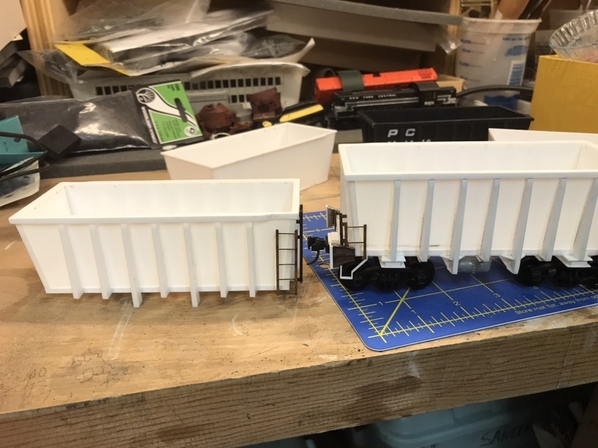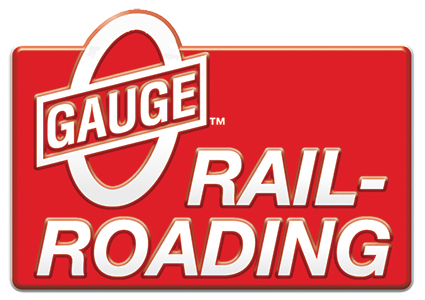I’d mentioned in my Erie DUNMORE Caboose thread about also working on a PRR G39 ore jennie project. I’ve always liked these cars, and they are appropriate for the time period I model - Penn Central era, 1969-1976. I’ve also recently purchased two Alco C630s (need one more for effect) that I intend to paint for Penn Central. Nothing like a trio of grimy, black, Penn Central giant Alcos and a mineral train of G39 jennies. The trouble is I will need a lot of them. So back to the CAD drawing board, designing parts for the laser to cut out.
G39, well I think this is a G39a. The difference between the two is the A had the air reservoir and valve gear mounted on the exterior of one end. The G39 had all the brake gear underneath. PRR and Penn Central painting these cars black, Conrail repainted them mineral red. This is a faded Conrail paint job.
If you haven’t read my Erie Caboose thread, the laser is of course for speed and accuracy cutting out parts (something I don’t enjoy doing anyway), but it also is great for adding tabs, location marks, etc., to speed assembly, and to self align parts. Like with the Erie Caboose, I work out the body first, then the under frame. This usually means two test assemblies to work out all the bugs and measurements, but I buy plastic in 4x8’ sheets, in bulk, so it isn’t expensive to do.
The parts for the body.
Partial assembly - note the tabs. There is no guess work here, and assembly fits together and stays in alignment without clamps, rubberbands, or tape.
Assembled car body, minus under frame and details. The rim of the prototype car is intentionally indented on opposing sides for the ladder. The ends and sides are .060 acrylic, and the bottom they tab into is .125 acrylic. The corners and perimeter of the bottom have angles and strips applied to conceal the tabs, and replicate similar plates on the prototype. I used .020 styrene, but will used .010 (was out of it) ; and the corners are .100 angle, but I’ll reduce those to .080. The rim of the car is a single piece of .060 acrylic cut out on laser, with .125 wide strip styrene applied around perimeter. The styrene conforms to the indented ends with a little help from clamps. A few problems that will be corrected in next test - the rim needs to be slightly longer on the ends to flush it up on inside and provide more outside overhang. Also the ribs themselves need to be reduced slightly, and the angle at the top adjusted a bit. They are also a little too thick compared to the prototype. The problem is I have .125 and .060 acrylic to work with, but really could use .080. I can get this thickness, but only in clear, and since my supplier doesn’t carry, I’ll probably pay online for a one foot square piece, what I would pay for a 4x8 foot sheet. The bigger problem is plastics suppliers are cleaned out of clear acrylic because of Covid-19. I might just stick with the thicker ribs if supply is an issue.
Jim




